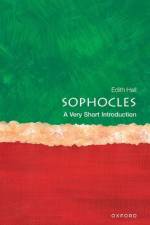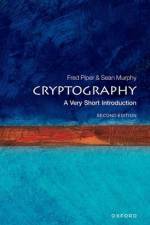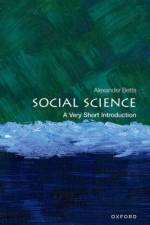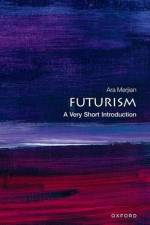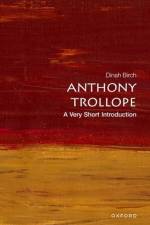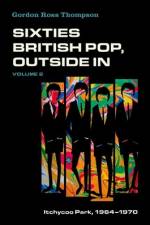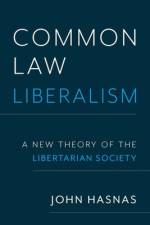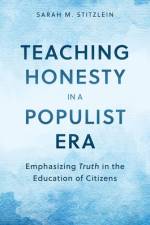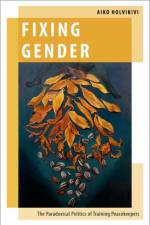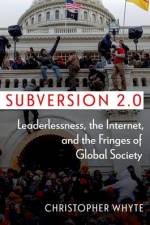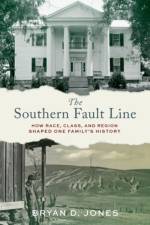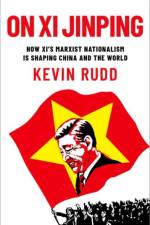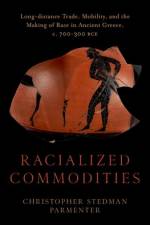- 1985-2020
av Rick Sanjek
551 - 1 561
American Popular Music and Its Business in the Digital Age: 1985-2020 by Rick Sanjek is the sequel to his father Russell Sanjek's American Popular Music and Its Business: the First 400 Years. This book offers a detailed and objective history of the popular music industry from the introduction of the compact disc to the shift to streaming, with particular emphasis on the creators, the consumers, and the music business professionals who, in Sanjek's telling, form the three major axes of the industry. Each of the book's three sections--1985-1995, 1996-2006, and 2007-2019--has five chapters covering the same areas and issues. The first chapter in each section outlines the competition between the Big Six music conglomerates, their corporate structures, leadership, finances, and market share. The second chapter traces the synergy between the labels, the retail sector, radio, and the trade magazines whose charts are the pacemaker for the entire industry. Third comes music publishing, licensing, copyright, and legal issues including legislation, litigation, and infringement, followed by a focus on creators and how they earn their money. Each final chapter examines how, how much, and where consumers--who lead in adopting new technology--spend their money. Underlying it all is an insider's perspective on the role that the CD, Napster, Apple, Spotify, YouTube, SoundScan, electronic ticketing, and other innovations had in redefining the business structure and revenue flow of the entire industry. Digital technology also affected the regulations, contracts, and financial transactions that define the complex business of music, as live performance transitioned from clubs, concert halls, and theaters to arenas, amphitheaters, and stadiums. Concurrently, recorded music evolved from analog to digital sound carriers through MP3 downloads and then to on-demand streaming files, ultimately affecting consumers, creators, and the music business infrastructure that connects them. Finally, an epilogue includes the effects of COVID-19 in 2020 on all involved, closing with a glimpse into the digital future with the emergence of TikTok, livestreaming, immersive media, and artificial intelligence.

